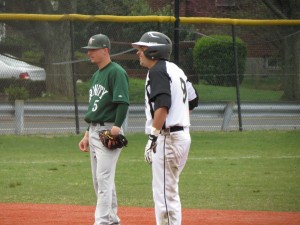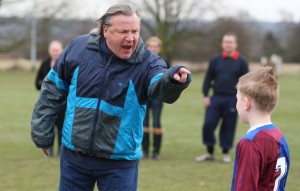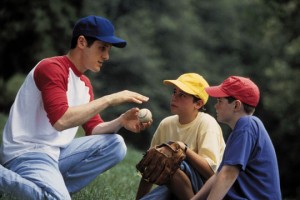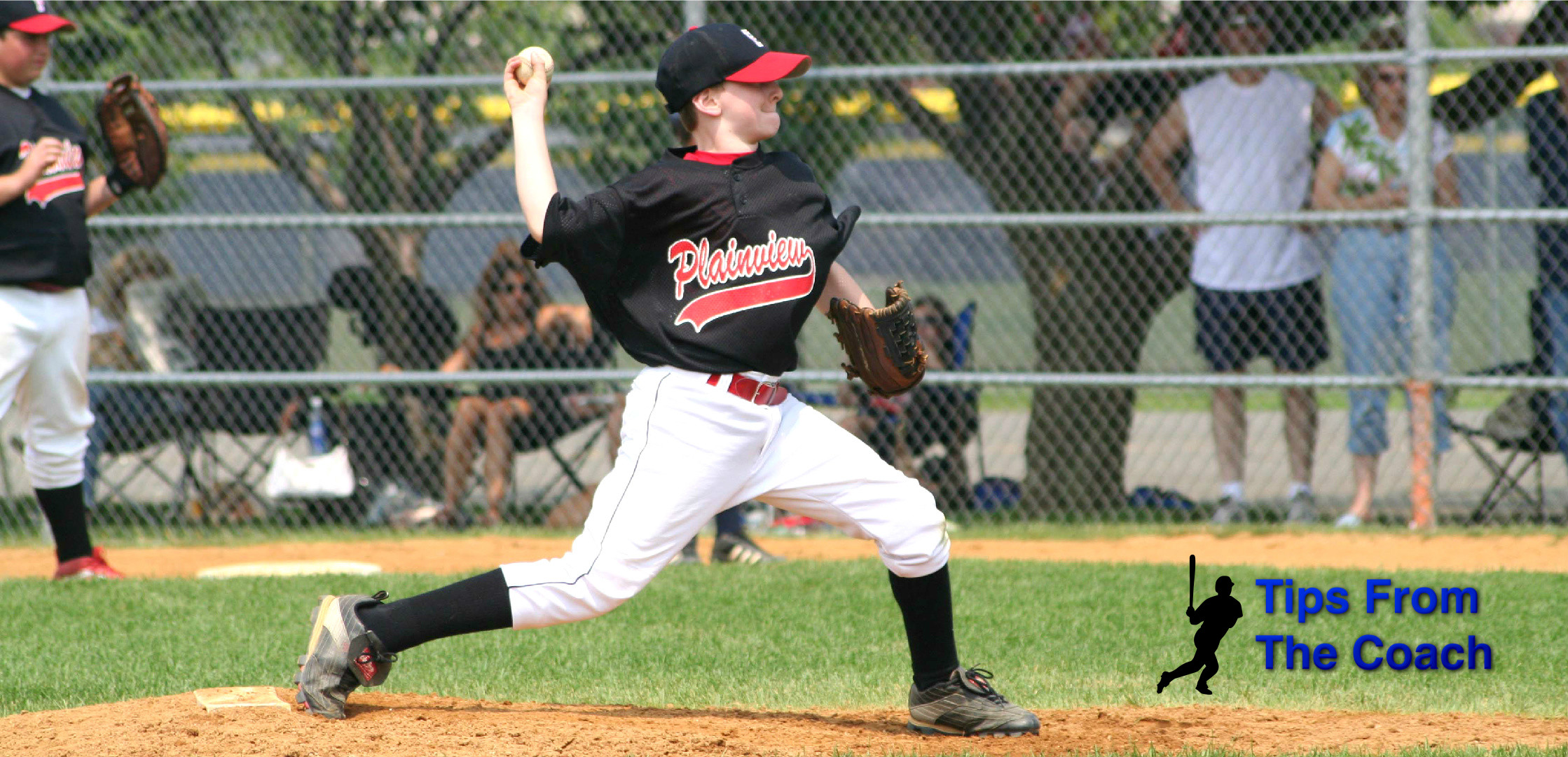I really appreciate all of the interest and energy so many of you put into the Tips from the Coach Brainteaser Challenge. It was this…
“There are seven ways a baseball player can legally reach first base in a game without getting a hit. Taking a base-on-balls is one way. Name the other six.”
 Well, actually, Coach Bill gave me some more options than I knew.
Well, actually, Coach Bill gave me some more options than I knew.
1. Dropped third strike
2. Hit by pitch
3. Error
4. A fielder’s choice
5. Catcher’s interference
6. Fielder’s obstruction
7. Being inserted as a pinch runner
And there is one rare but absolutely legit way to reach first. That’s on a “catcher’s balk,” which occurs when the catcher does not stay in the catcher’s box until the pitcher delivers the ball.
Thanks to everyone who participated on our Facebook page.
——–
I came across a list of Top Ten Tips for Sports Parents. I worked on it a long time ago, and after updating it I thought I’d share it with you.
 1. Parents need to practice and display control. As a parent, there are times I’m sure you’d like to jump up and protect your son if he gets cleated covering second base or run into when catching. We must anticipate that these situations are out of our control. How gracefully and maturely we deal with the, however, are in our control.
1. Parents need to practice and display control. As a parent, there are times I’m sure you’d like to jump up and protect your son if he gets cleated covering second base or run into when catching. We must anticipate that these situations are out of our control. How gracefully and maturely we deal with the, however, are in our control.
2. The focus of youth sports should be the life lessons learned from the athletic experience. These include the value of working together as a team, the short term goals of practices or games, learning the discipline necessary to master a technique. These are the true value of youth sports.
3. The support and encouragement of your ballplayer should be your most important goal. Everybody, including young athletes, respond favorably to positive feedback.
4. Understand that youth sports can be both extremely fulfilling and extremely stressful for your ballplayer. When high school, college, Olympic and professional athletes are asked to speak to audiences, about 70% of them mention their youth sports experiences. Also, a few years ago when the heart rates of 12-year-old players in the Little League World Series were batting, heart rates increased to as much as 168 bpm.
5. Educate yourself on the physical and emotional development of your young athlete. Don’t underestimate the limits of youngsters at different stages in their development. This is important as well when coaching or teaching.
 6. Use “Sport For Life” as a theme for your young ballplayer’s sports experience. This is a mantra used in academic physical education. It refers to the lifelong health benefits of athletic involvement versus the status that participation provides today.
6. Use “Sport For Life” as a theme for your young ballplayer’s sports experience. This is a mantra used in academic physical education. It refers to the lifelong health benefits of athletic involvement versus the status that participation provides today.
7. Teamwork is a life skill. Perhaps the greatest life skill that we learn from sports is how to work well with others. As parents, don’t undermine this by voicing your opinion about one athlete compared to another.
8. Citizenship. The responsibilities of teamwork directly relate to those of citizenship.
9. Equality of opportunity. Sports has displayed many examples of inequality of opportunity due to race (Jackie Robinson), economic level (boxer Joe Frazier), caste or status, and gender. It shows that with real hard work, you can sometimes overcome life’s inequities. Sports can be an equalizer.
10. The primary model for your young athlete is you. You should never forget that you are modelling your behavior and more than likely they will grow up doing what they were shown to be acceptable behavior.




No Comments
No comments yet.
RSS feed for comments on this post.
Sorry, the comment form is closed at this time.